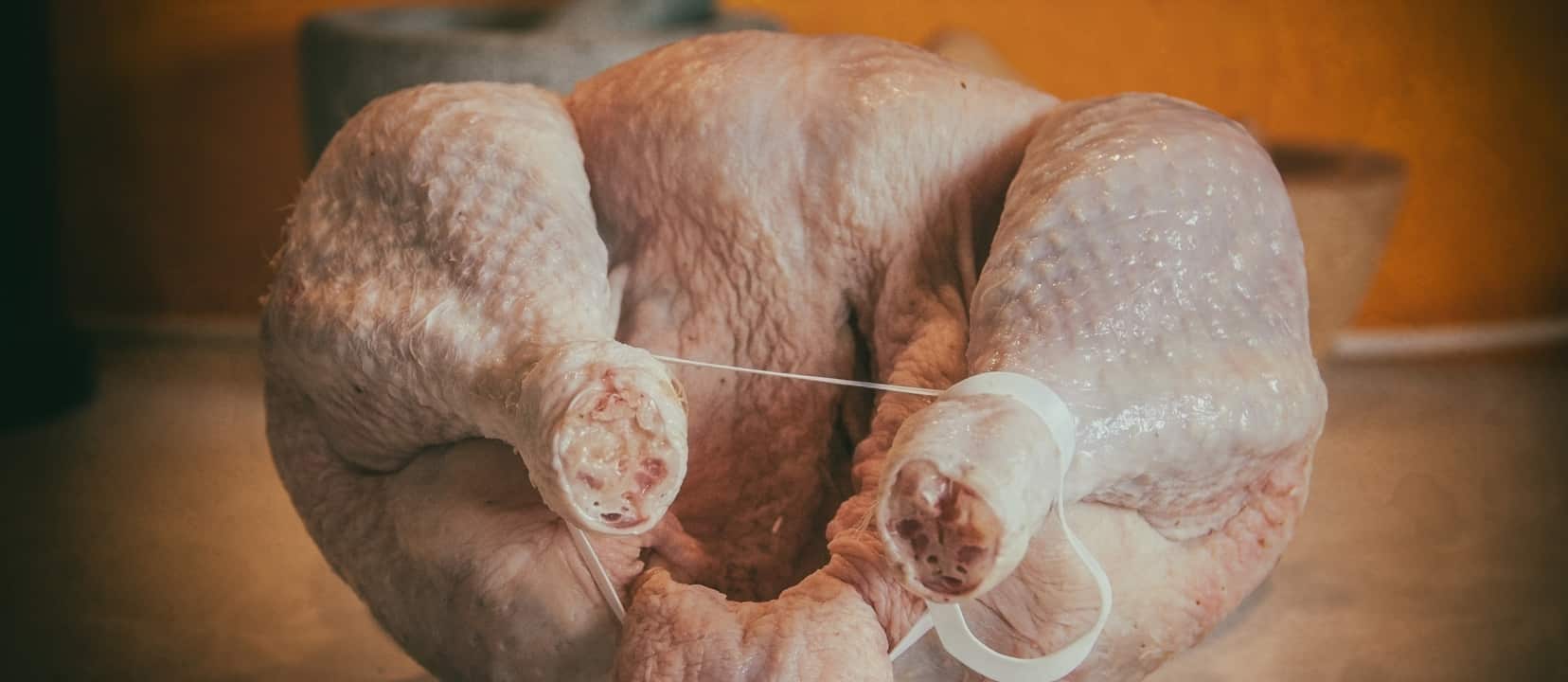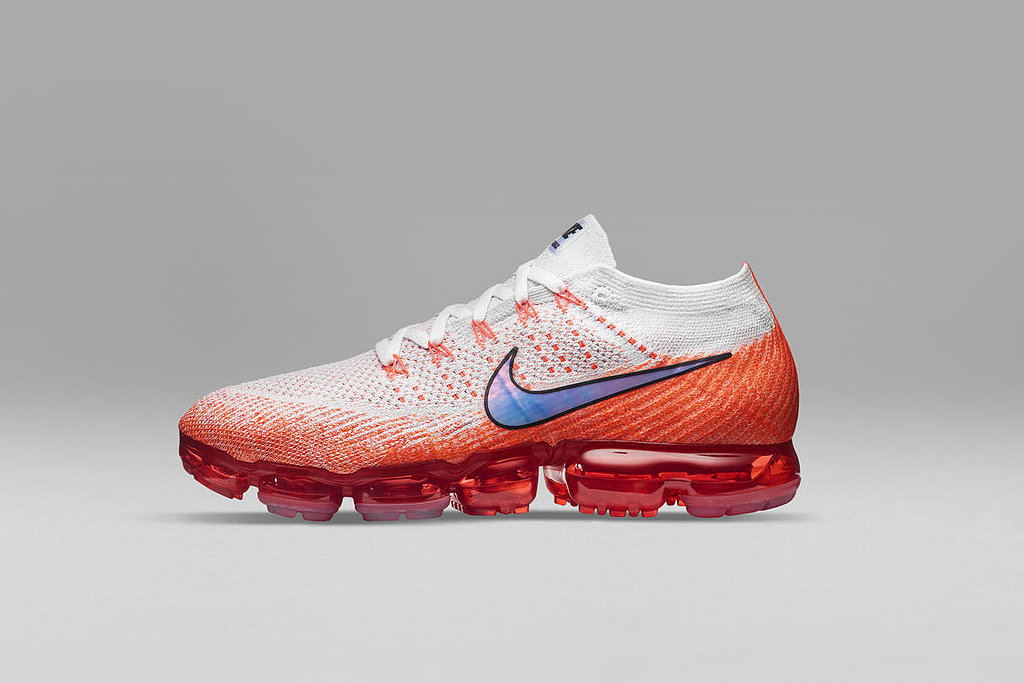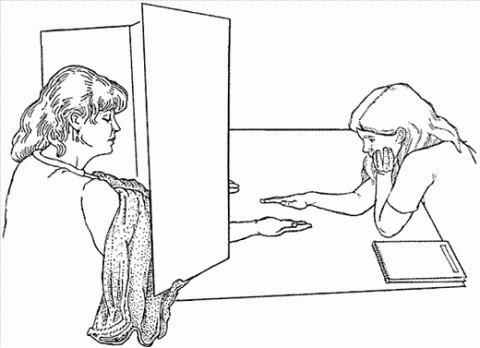
Recently, there has been research examining the connection between poultry consumption and weight gain. One study out of the Netherlands examining about 4,000 people, correlated chicken consumption with weight gain. Another study followed 89,000 people in four other countries and found that animal protein intake was associated with long-term weight gain, and poultry was the worst, with 40 percent more weight gain than red meat or processed meat.
What makes poultry so bad? Yes, chickens are fatty these days because of the way we’ve genetically manipulated them—up to ten times more fat and calories than they used to have—but one bizarre theory postulated that it might be due to an obesity-causing chicken virus. In one study, one in five obese humans tested positive to the chicken virus SMAM-1, with those exposed to the chicken virus averaging 33 pounds heavier than those testing negative.
SMAM-1 was the first chicken virus to be associated with human obesity, but not the last. The original obesity-causing chicken virus SMAM-1 was able to effectively transmit obesity from one chicken to another when caged together, similar to a human adenovirus Ad-36, a human obesity-associated virus first associated with obesity in chickens and mice. Ad-36 spreads quickly from one chicken to another via nasal, oral or fecal excretion and contamination, causing obesity in each chicken. This of course raises serious concerns about Ad-36-induced adiposity in humans.
The easiest way to test this hypothesis is to experimentally infect humans with the virus. However, ethical reasons preclude experimental infection of humans, and so the evidence will have to remain indirect. In the absence of direct experimental data, we must rely on population studies, similar to how researchers nailed smoking and lung cancer. About 15 percent of Americans are already infected with Ad-36, so we can follow them and see what happens. That’s exactly what a research team out of Taiwan did (highlighted in my video Infectobesity: Adenovirus 36 and Childhood Obesity). They followed 1,400 Hispanic men and women for a decade and found that not only were those exposed to the virus fatter than those who were not, but also over the ten years, those with a history of infection had a greater percentage of body fat over time.
Most studies done to date on adults have found a connection between exposure to Ad-36 and obesity, and all studies done so far on childhood obesity show an increase in prevalence of infection in obese children compared to non-obese children. We’re now up to more than a thousand children studied with similar findings. Obese children who tested positive for the virus weighed 35 pounds more than children who tested negative.
The virus appears to both increase the number of fat cells by mobilizing precursor stem cells and increase the accumulation of fat within the cells. If we take liposuction samples of fat from people, the fat cell precursors turn into fat cells at about five times the rate in people who came to the liposuction clinic already infected. Fat taken from non-infected people that was then exposed to the virus start sucking up fat at a faster rate, potentially inducing obesity without increasing food intake.
Just as Ad-36 can be transmitted horizontally from one infected chicken to another in the same cage, subsequently causing obesity in each chicken, this same virus is also easily transmitted among humans, raising the question as to whether at least some cases of childhood obesity can be considered an infectious disease. Researchers publishing in the International Journal of Pediatric Obesity speculate that this animal adenovirus may have mutated to become a human adenovirus capable of infecting humans and causing obesity.
Other unconventional theories about obesity are explored in my videos Obesity-Causing Pollutants in Food and Gut Flora & Obesity.
I’ve addressed the association between poultry and obesity before:
More on poultry viruses:
And more on keeping our children healthy:




![How to stay in shape when you’re busy. [Infographic]](https://news.hippocrates.me/wp-content/uploads/2016/04/precision-nutrition-image.png)

